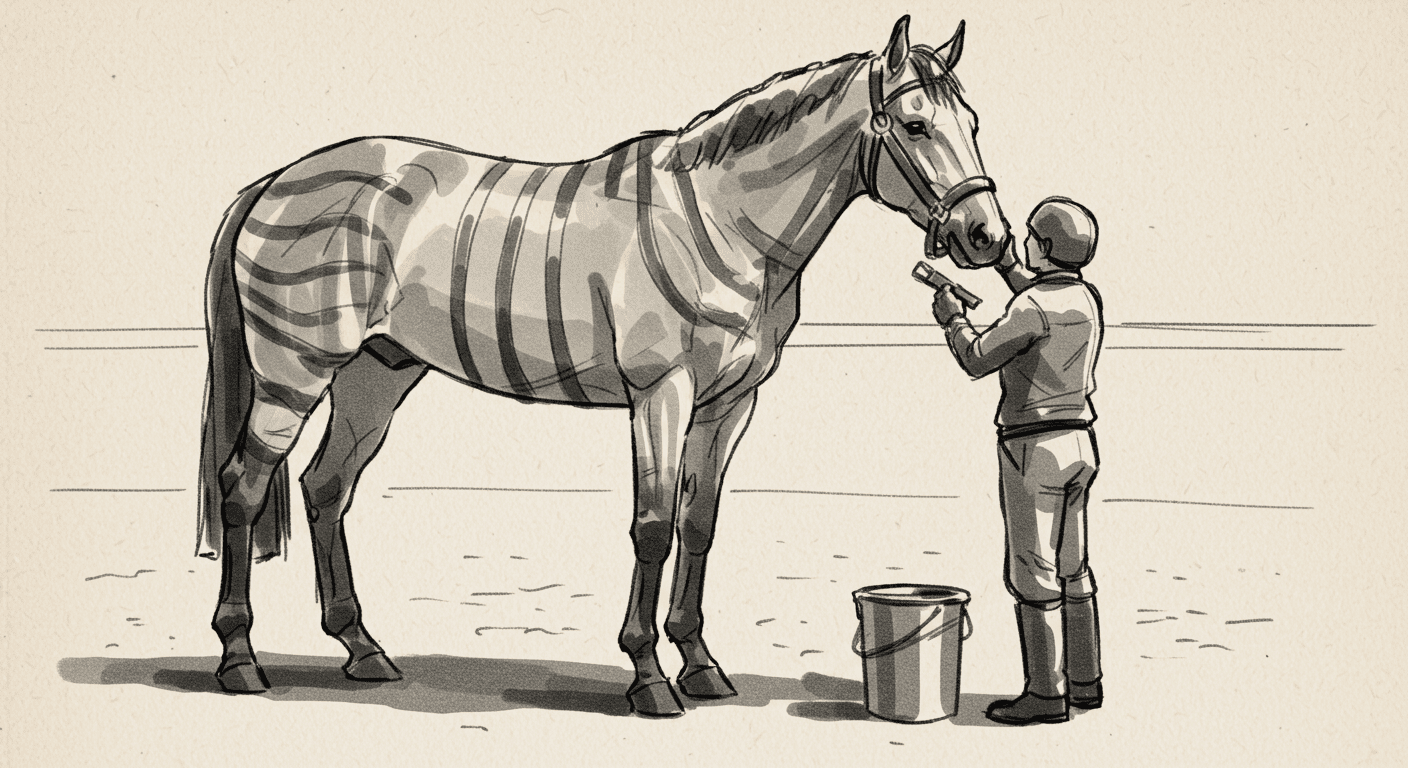If you’ve ever opened a Figma file and wondered whether the designer actually met a developer in their life, this post is for you.
Most of the time, “UI/UX design and development services” are treated like a relay race — design runs a few laps, then throws a bloated figma file over the wall and hopes for the best. Except real product work isn’t a relay. It’s more like a tightrope walk across a flaming pit — and someone forgot the rope.
The Problem With the Pretty Figma File
Pixel-perfect mockups. Smooth interactions. Sleek components. And then… no dev can build it.
Or they try, and the whole product turns into a spaghetti mess of inconsistencies and guesswork.
I’ve been on the receiving end. I’ve had to fix them. And I’ve watched teams burn two months trying to make sense of a handoff that included three design systems and zero developer notes.
UI UX design and development should be a handshake, not a handoff. Yet so many teams treat it like two separate planets. One shiny. One functional. Rarely aligned.
Why Most UI/UX Work Breaks at Handoff
Let’s break down a few red flags:
1. Design Systems Built for Behance, Not Web Developers
It looks amazing in the showcase. But under the hood? Variants nested inside variants, with spacing rules that collapse the minute you resize anything. No naming conventions. No token logic. Just vibes.
I once inherited a file where every button was a unique component. Thirty buttons. Same product. Different paddings. The dev team basically rebuilt the whole thing from scratch.
And here’s a real gem: on one project, a previous agency had handed over a “responsive” layout that — I kid you not — was just a bunch of manually resized frames pretending to be breakpoints. The dev team thought it was a joke. It wasn’t.
2. Prototypes With No Practical Logic
Clickable doesn’t mean buildable. And yet, so many design presentations show gorgeous animations and transitions that fall apart the minute someone asks: “What state is this component in here?”
Or worse — there is no empty state. No error flow. No loading logic. Just the happy path.
Developers don’t need to be impressed. They need to understand.
3. Async Confusion
If your Figma file needs a 40-minutes Zoom just to make sense of what’s happening, it’s not dev-ready.
I’ve worked on projects where engineers quietly gave up and rebuilt the flow from scratch because it was faster than reverse-engineering the design logic.
Good UI/UX design and development services don’t require translation. They speak developer.
What Real Collaboration Looks Like
So here’s what I do instead:
Start With the Stack
Before I design anything, I ask what stack the dev team uses. Framer? Webflow? React? All have different constraints — and different affordances.
Designing without knowing the stack is like drawing a floor plan without asking how many floors the building can support.
Work With the Developers
I don’t wait until handoff. I involve developers early — share sketches, wireframes, and messy drafts. Not for approval. For input.
I ask: “What’s annoying to build here?” Then I fix it before it gets baked into a prototype.
Document Like a Developer
Every Figma file I hand off has:
Component naming aligned with code
Clear hover, disabled, loading, and error states
Notes for animations and transitions
Style token references
I’ve had devs tell me they shipped a screen exactly as designed with zero questions. That’s the bar.
Iterate Together
Dev finds an issue? I fix it. Dev needs an alt version? I create it.
We don’t schedule a “handover call.” We leave Loom comments, drop notes in Slack, or spin up quick Loom videos.
Real UI/UX design and development doesn’t wait in a queue. It moves.
Why It Matters
Bad design handoffs cost more than time. They cost trust.
I’ve worked with teams who literally stopped trusting design because the last project left them untangling a mess for weeks.
And one particularly painful project? The dev team received a 50-screen prototype — no documentation, no logic, just pretty frames. It ended up as a 2-week detour of back-and-forth Slack threads titled “Wait what’s this screen?” and “Why is the button purple here?”
Good design doesn’t just look good — it integrates cleanly. It respects the reality of code. It acknowledges that design is just step one.
If you’re looking for “ui ux design and development services” that hand you pretty files and disappear, they’re everywhere.
If you want someone who works with your developers — who speaks Figma and git, who cares about consistency and constraints — that’s different.
You don’t need another gallery piece. You need something that ships.
I design for that.
